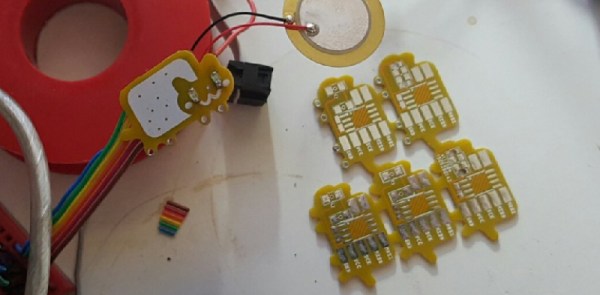Passwords are crap. Nobody picks good ones, when they do they re-use them across sites, and if you use even a trustworthy password manager, they’ll get hacked too. But you know what’s worse than a password? A fingerprint. Fingerprints have enough problems with them that they should never be used anywhere a password would be.
Passwords are supposed to be secret, like the name of your childhood pet. In contrast, you carry your fingers around with you out in the open nearly everywhere you go. Passwords also need to be revocable. In the case that your password does get revealed, it’s great to be able to simply pick another one. You don’t want to have to revoke your fingers. Finally, and this is the kicker, you want your password to be hashable, in order to protect the password database itself from theft.
In the rest of the article, I’ll make each of these three cases, and hopefully convince you that using fingerprints in place of a password is even more broken than using a password in the first place. (You listening Apple and Google? No, I didn’t think you were.)
Continue reading “Your Unhashable Fingerprints Secure Nothing”


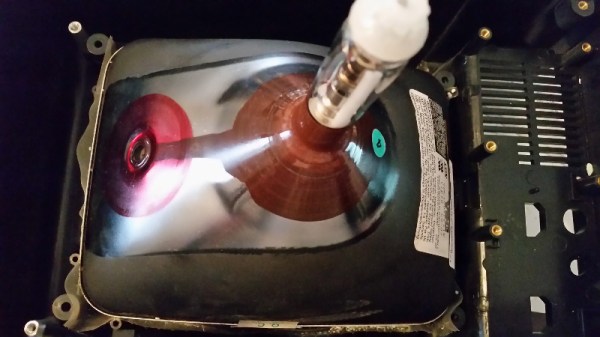

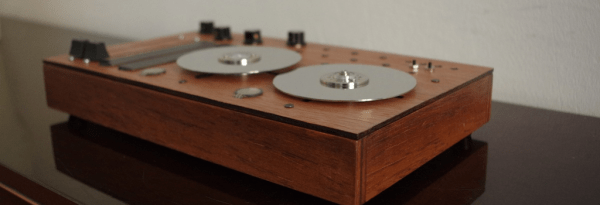
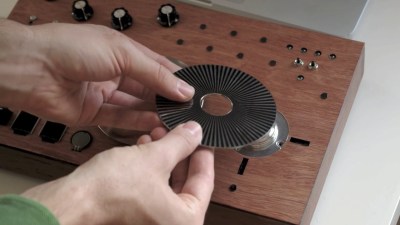 From what we can see, the box has two potentiometer sliders, two touch-sensitive potentiometers, two force sensitive resistors, a slew of knobs, and a whole bunch of (capacitive?) touch points. In short, a ton of continuous controllers of all sizes and shapes in an aesthetic case. But stealing the show, and giving the device its name, are two platters from old hard drives that serve as jog wheels.
From what we can see, the box has two potentiometer sliders, two touch-sensitive potentiometers, two force sensitive resistors, a slew of knobs, and a whole bunch of (capacitive?) touch points. In short, a ton of continuous controllers of all sizes and shapes in an aesthetic case. But stealing the show, and giving the device its name, are two platters from old hard drives that serve as jog wheels.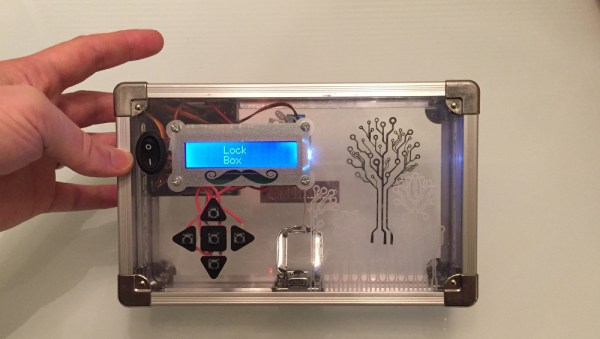

 Until then, we’ll have to settle with
Until then, we’ll have to settle with 